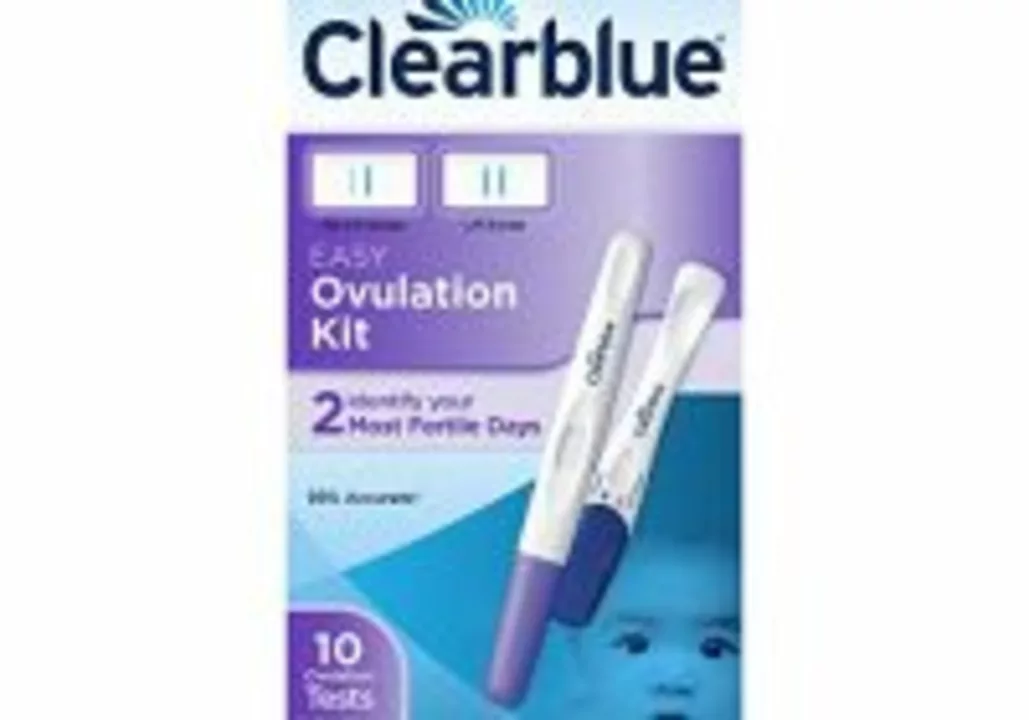Early Pregnancy Detection: Quick Guide to Spotting the Signs
Think you might be pregnant? Waiting can be nerve-wracking, but knowing the facts about early pregnancy detection can help you get answers faster and with more confidence. Let’s walk through what really works, what to watch for, and how to decide when to take a test.
The first question everyone has—how soon can you actually know? While your period is a big marker, don’t just rely on your calendar. Home pregnancy tests are more reliable now, but they don’t all work the same way. Some claim you’ll get results six days before your missed period. The catch? They’re most accurate the day after your period was due. If you test early and get a negative, wait a few days and try again.
Early symptoms can be confusing. Sore breasts, tiredness, weird cravings, or even nausea might sound convincing. But here’s the real talk: these signs don’t always mean pregnancy. PMS looks a lot like early pregnancy for many people. If you’re tracking every twinge, remember—stress and changes in routine can also throw your system off.
Blood tests at the doctor can confirm pregnancy even earlier than most home tests—about 6 to 8 days after ovulation. If you need a 100% answer quickly (for example, if you’re starting medications or have a health issue), it’s worth calling your provider for a blood test. They measure hCG levels, which start going up fast once an embryo implants.
Thinking about accuracy? Not all tests are equal, so look for tests that say “early result” and read reviews. Drugstore brands like First Response and Clearblue tend to rate highest for sensitivity. Follow instructions exactly—first morning urine is usually best since it’s more concentrated.
If you’re actively tracking your fertility (using ovulation kits or basal temperature), you’ll have a better guess at your timing. Even then, surprise! Implantation doesn’t always happen on the textbook day. That’s why you can get false negatives if you test too soon.
Spotting and light cramping can freak people out in early pregnancy, but they’re common and usually harmless. If you get heavy bleeding or strong pain, don’t wait—see a doctor ASAP to rule out issues.
Quick tip: If you’re buying tests online, double-check the expiration date and stick to trusted retailers. There’s a flood of fake or faulty tests popping up on sketchy sites—don’t waste your money or peace of mind.
Trust your gut and your body, but let science back you up. Tracking your cycle, knowing when to test, and understanding real-world symptoms will help you find out sooner—and lower the stress along the way.
The Role of Ovulation in Early Pregnancy Detection
As a blogger, I've recently delved into the topic of ovulation and its role in early pregnancy detection. Ovulation is a crucial part of the menstrual cycle, as it's when a mature egg is released from the ovary, making it available for fertilization. By tracking ovulation, women can better understand their fertility window and increase their chances of conceiving. Early pregnancy detection is often linked to the time of ovulation, as implantation typically occurs 6-12 days after the egg is fertilized. In conclusion, understanding and tracking ovulation plays a vital role in early pregnancy detection and can help women to plan and prepare for conception.
